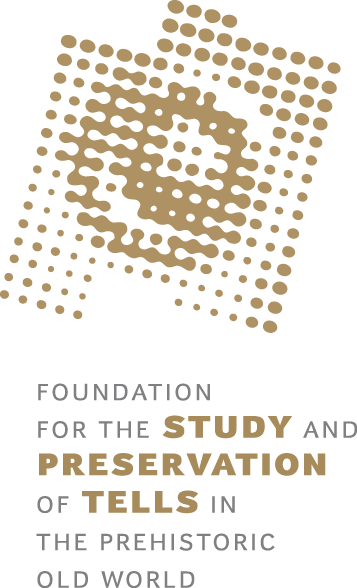
Our Mission
Funding
FUNDED PROJECTS
Donations
Who We Are
Archaeobotanical Research in Borsodivánka-Nagyhalom (BORBAS)
Tanja Zerl (Köln, Germany)
Since 2015 archaeological investigations are carried out on the tell site of Borosdivánka-Nagyhalom as part of the BORBAS (Borsod Region Bronze Age Settlement) project by the Universities of Cologne and Miskolc and the Herman Ottó Museum (Miskolc), including geoarchaeological, archaeobotanical and archaeozoological analyses.
During the first two campaigns in 2015 and 2016, the stratigraphic sequence was investigated in the area of a modern disturbance on the eastern edge of the tell, where, among other things, the remains of two occupation phases with intervening layers (including exceptional phytolith layers) could be documented. On the basis of archaeological finds and preliminary radiocarbon dating these settlement layers can be dated to the late Füzesabony culture.
In the course of the excavations, a total of 21 archaeobotanical soil samples with a total volume of 116 litres were collected from various layers, in addition to small profiles for micromorphological investigations. The archaeobotanical samples contained nearly 3.000 charred and mineralised plant remains. The documented crop spectrum consists of barley, einkorn, emmer and spelt wheat, as well as lentil, pea and gold of pleasure. It is characteristic for the local Middle Bronze Age. Mineralised plant remains were remarkably common, reaching a proportion of more than 3 % in the midden layer located between two consecutive occupation phases and house features. This layer also contained the remains of crop processing and a high number of fish scales. Based on the mineralised plant remains and the micromorphological results, it can be assumed that manure, among other things, was involved in the formation of this layer.
In 2017, based on the features documented during cleaning the profile, the excavation was extended to cover an area of 5 x 5 m towards the center of the tell. During the archaeological investigation of this area, systematic sampling of each layer was carried out (approx. one bucket of sediment from each feature); in the case of planar layers (such as the midden layers), an additional soil sample was secured from every second 1 x 1 m quadrant. Through this process, 34 soil samples with a volume of 170 litres were recovered from the upper tell layers in 2017 and 2018. The spectrum of plant remains (n = 2473) confirms the results of the previous campaigns.
By far the largest amount of soil samples, 48 in total with a volume of 244 liters, was recovered in 2020, of which 14 samples alone came from the already known material-rich midden layers. In 2021 the soil sampling was continued with the same strategy, these samples are currently being processed.
Within the framework of the project funded by the ‘Foundation for the Study and Preservation of Tells in the Prehistoric Old World’, the analysis and evaluation of the archaeobotanical material with a focus on the year 2020 will be carried out. The sequence of multi-phase houses as well as midden and phytolith layers, which had already been documented in the profile section in 2015/2016, could be recorded over a larger area in the excavated section since 2017 and sampled extensively in the process. In this way, the archaeobotanical analyses can provide detailed information on both the economy and the different activity zones (as well as their relocation) during the occupation period of the tell. In addition, the numerous profiles recovered for micromorphological analyses will allow the archaeobotanical results to be linked to the micromorphological results of Dr. Astrid Röpke (University of Cologne).
Funding period: 2022–2025

